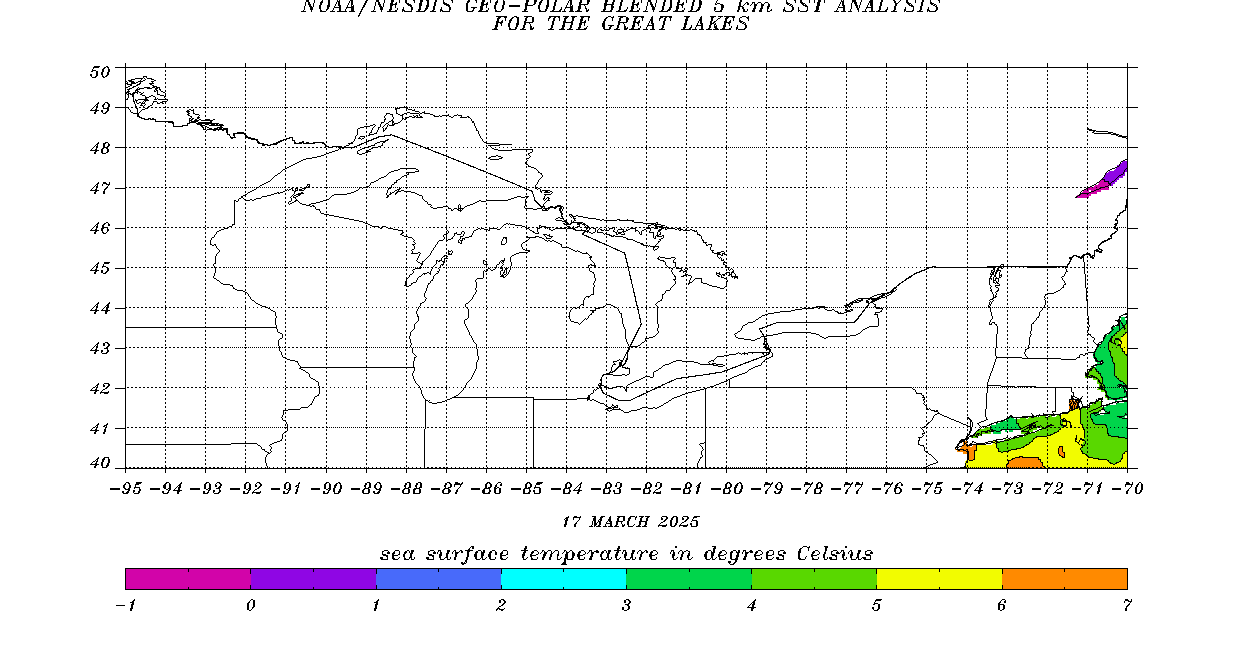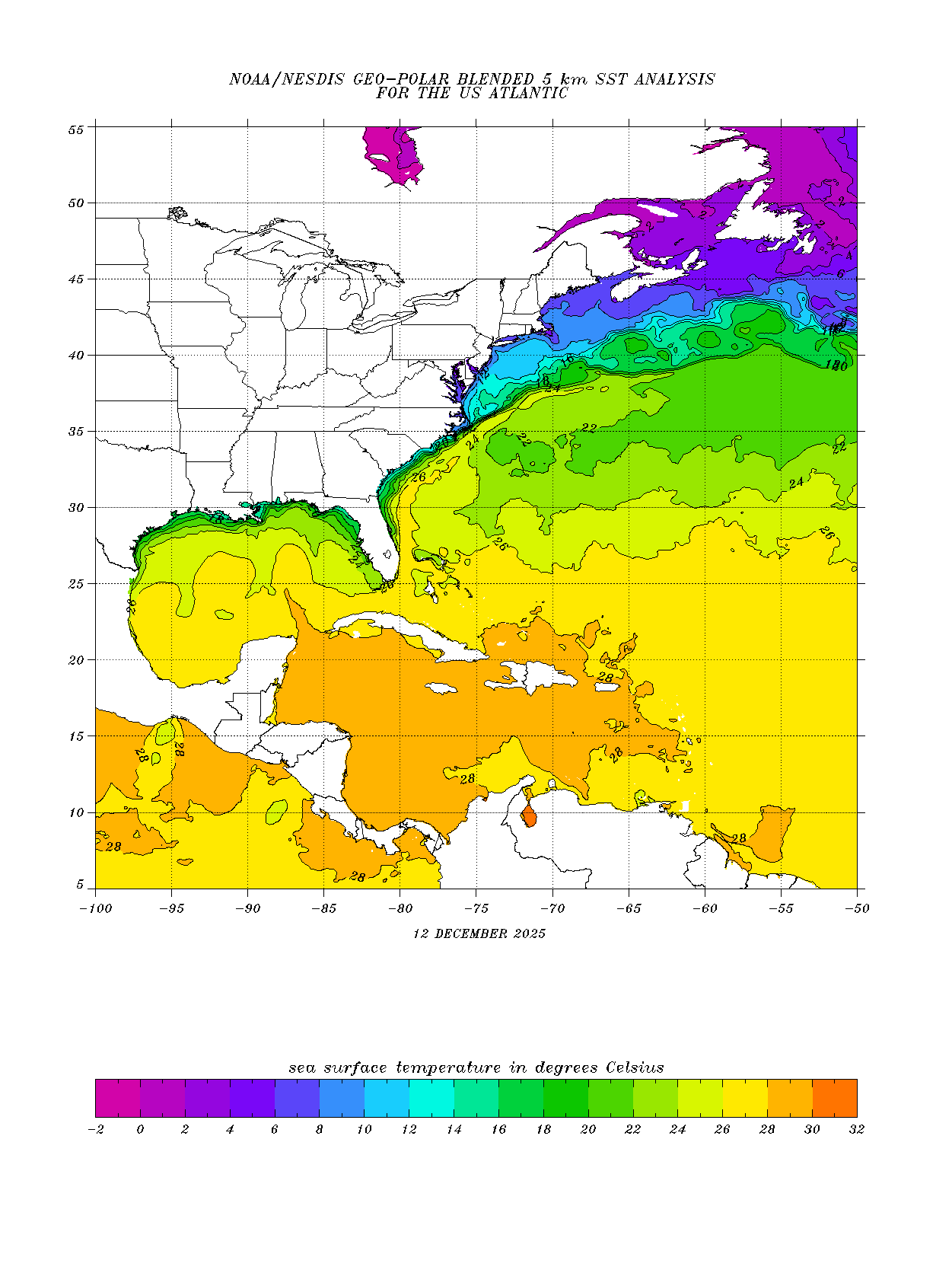Just heard on evening sNooz.
Florida ocean records ‘unprecedented’ temperatures similar to a hot tub
The 90-100F readings add to previous warnings over warming water putting marine life and ecosystems in peril
The surface ocean temperature around the Florida Keys soared to 101.19F (38.43C) this week, in what could be a global record as ocean heat around the state reaches unprecedented extremes.
A water temperature buoy located in the waters of Manatee Bay at the Everglades national park recorded the high temperature late on Monday afternoon, US government data showed. Other nearby buoys topped 100F (38C) and the upper 90s (32C).
Normal water temperatures for the area this time of year should be between 73F and 88F (23C and 31C), according to the National Oceanic and Atmospheric Administration (Noaa). The level of heat recorded this week is about the same as a hot tub.
Records for ocean surface temperature are not kept, but a 2020 study suggested that the highest temperature observed was 99.7F (37.61C) in the Persian Gulf.
The extreme readings add to previous warnings over Florida’s warming waters in the south-eastern United States as prolonged heat continued to bake other parts of the country. The south Florida coast has been grappling with an extreme heatwave that threatens marine life and ocean ecosystems.
“We didn’t expect this heating to happen so early in the year and to be so extreme,” Derek Manzello, with the National Oceanic and Atmospheric Administration’s Coral Reef Watch, told CNN last week. “This appears to be unprecedented in our records.”
Heatwaves are increasingly affecting the world’s oceans, destroying kelp, seagrass and corals and killing swathes of sea-life like “wildfires that take out huge areas of forest”. Research in 2019 found that the number of ocean heatwave days had tripled in recent years.
A 2021 heat dome probably killed more than 1 billion marine animals along Canada’s Pacific, experts have said.
The growing frequency and intensity of severe weather – both on land and in oceans – is a symptom of the global, human-driven climate crisis that is fueling extremes, experts warn, with current heatwaves expected to persist through August.
The United Nations’ World Meteorological Organization (WMO) reported earlier this month that global sea temperatures have reached monthly record highs since May, also driven in part by an El Niño event. Sea surface temperatures worldwide have broken monthly records for heat in April, May and June, according to Noaa.
The temperatures in Florida also pose a threat to human food supplies and livelihoods for those whose work is tied to the water.
As he worked his knife to filet fish hauled into Key Largo on Tuesday, fishing boat captain Dustin Hansel said the catch had been getting “slower and slower” for the past five summers. He had also been seeing more dead fish in waters around Key Largo.
“As far as all of our bay waters, any near-shore waters, everything is super, super hot,” Hansel said.
Noaa warned earlier this month that the warmer water around Florida could supercharge tropical storms and hurricanes, which build more energy over warmer waters. Rising temperatures are also severely stressing coral reefs, the agency said.
The high temperatures around the Florida Keys are putting coral reefs at risk – scientists have observed bleaching and even death in some of the Keys’ most resilient corals, said Ian Enochs, lead of the coral program at the National Oceanic and Atmospheric Administration Atlantic Oceanographic and Meteorological Laboratory.
“This is more, earlier than we have ever seen,” Enochs said. “I’m nervous by how early this is occurring.”
It is not yet clear whether the temperatures recorded in Florida will count as a world record because the area is shallow, has sea grasses in it and may be influenced by warm land in the nearby Everglades national park, Brian McNoldy, a tropical meteorologist at the University of Miami, said.
Still, McNoldy said, “it’s amazing”, and the fact that two 100F measurements were taken in consecutive days gives credence to the readings.

 www.theguardian.com
www.theguardian.com
Florida ocean records ‘unprecedented’ temperatures similar to a hot tub
The 90-100F readings add to previous warnings over warming water putting marine life and ecosystems in peril
The surface ocean temperature around the Florida Keys soared to 101.19F (38.43C) this week, in what could be a global record as ocean heat around the state reaches unprecedented extremes.
A water temperature buoy located in the waters of Manatee Bay at the Everglades national park recorded the high temperature late on Monday afternoon, US government data showed. Other nearby buoys topped 100F (38C) and the upper 90s (32C).
Normal water temperatures for the area this time of year should be between 73F and 88F (23C and 31C), according to the National Oceanic and Atmospheric Administration (Noaa). The level of heat recorded this week is about the same as a hot tub.
Records for ocean surface temperature are not kept, but a 2020 study suggested that the highest temperature observed was 99.7F (37.61C) in the Persian Gulf.
The extreme readings add to previous warnings over Florida’s warming waters in the south-eastern United States as prolonged heat continued to bake other parts of the country. The south Florida coast has been grappling with an extreme heatwave that threatens marine life and ocean ecosystems.
“We didn’t expect this heating to happen so early in the year and to be so extreme,” Derek Manzello, with the National Oceanic and Atmospheric Administration’s Coral Reef Watch, told CNN last week. “This appears to be unprecedented in our records.”
Heatwaves are increasingly affecting the world’s oceans, destroying kelp, seagrass and corals and killing swathes of sea-life like “wildfires that take out huge areas of forest”. Research in 2019 found that the number of ocean heatwave days had tripled in recent years.
A 2021 heat dome probably killed more than 1 billion marine animals along Canada’s Pacific, experts have said.
The growing frequency and intensity of severe weather – both on land and in oceans – is a symptom of the global, human-driven climate crisis that is fueling extremes, experts warn, with current heatwaves expected to persist through August.
The United Nations’ World Meteorological Organization (WMO) reported earlier this month that global sea temperatures have reached monthly record highs since May, also driven in part by an El Niño event. Sea surface temperatures worldwide have broken monthly records for heat in April, May and June, according to Noaa.
The temperatures in Florida also pose a threat to human food supplies and livelihoods for those whose work is tied to the water.
As he worked his knife to filet fish hauled into Key Largo on Tuesday, fishing boat captain Dustin Hansel said the catch had been getting “slower and slower” for the past five summers. He had also been seeing more dead fish in waters around Key Largo.
“As far as all of our bay waters, any near-shore waters, everything is super, super hot,” Hansel said.
Noaa warned earlier this month that the warmer water around Florida could supercharge tropical storms and hurricanes, which build more energy over warmer waters. Rising temperatures are also severely stressing coral reefs, the agency said.
The high temperatures around the Florida Keys are putting coral reefs at risk – scientists have observed bleaching and even death in some of the Keys’ most resilient corals, said Ian Enochs, lead of the coral program at the National Oceanic and Atmospheric Administration Atlantic Oceanographic and Meteorological Laboratory.
“This is more, earlier than we have ever seen,” Enochs said. “I’m nervous by how early this is occurring.”
It is not yet clear whether the temperatures recorded in Florida will count as a world record because the area is shallow, has sea grasses in it and may be influenced by warm land in the nearby Everglades national park, Brian McNoldy, a tropical meteorologist at the University of Miami, said.
Still, McNoldy said, “it’s amazing”, and the fact that two 100F measurements were taken in consecutive days gives credence to the readings.

Florida ocean records ‘unprecedented’ temperatures similar to a hot tub
The 90-100F readings add to previous warnings over warming water putting marine life and ecosystems in peril



